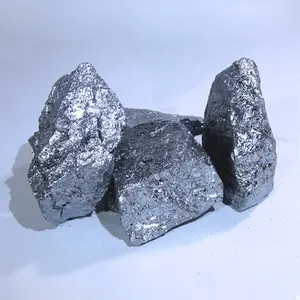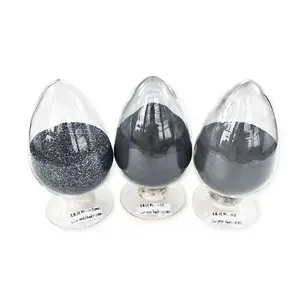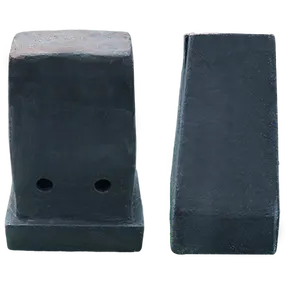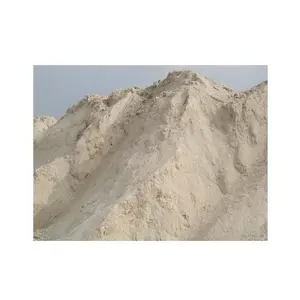Blast Furnace Slag: An Overview
Blast furnace slag is a by-product of iron-making in a blast furnace. This material plays a pivotal role in various industrial applications due to its physical and chemical properties. It is primarily composed of silicates and alumino-silicates of calcium and other bases, which are derived from limestone and other fluxing agents.
Types and Composition
There are several types of blast furnace slag, each with unique characteristics. Air-cooled slag, granulated slag, and pelletized slag are the most common forms. Air-cooled slag is solidified by cooling molten slag in open pits or yards, and it is primarily used in road construction. Granulated slag, formed by quenching molten slag in water, is used in cement manufacturing due to its hydraulic properties. Pelletized slag is created by a similar process to granulated slag but results in a more uniform grain size.
Applications in Construction and Industry
The applications of blast furnace slag are diverse, ranging from the construction industry to environmental applications. In construction, it serves as an aggregate in concrete and asphalt, providing durability and strength. Its hydraulic properties make it a valuable component in the production of high-performance cements and mortars. In the environmental sector, slag can be utilized for soil amendment, water treatment, and as a raw material for waste stabilization.
Features and Advantages
Blast furnace slag offers several features that contribute to its advantages as a construction material. Its angular particle shape and rough texture provide excellent bonding properties in concrete. The material's resistance to weathering and chemical attack enhances the longevity of structures. Additionally, the use of slag in cement reduces the overall greenhouse gas emissions of cement production, making it a more sustainable choice.
Material Specifications
The material properties of blast furnace slag are strictly regulated to ensure its suitability for various applications. Parameters such as particle size distribution, specific gravity, and moisture content are carefully controlled. The composition of slag can vary depending on the source of raw materials and the process conditions in the blast furnace, but it generally contains elements like calcium oxide, silicon dioxide, and aluminum oxide.
Environmental Impact and Sustainability
The use of blast furnace slag in various industries not only provides a solution for waste by-products but also contributes to environmental sustainability. Its utilization in construction materials reduces the need for natural aggregates, conserving natural resources and reducing the carbon footprint of building materials.









































 浙公网安备 33010002000092号
浙公网安备 33010002000092号 浙B2-20120091-4
浙B2-20120091-4